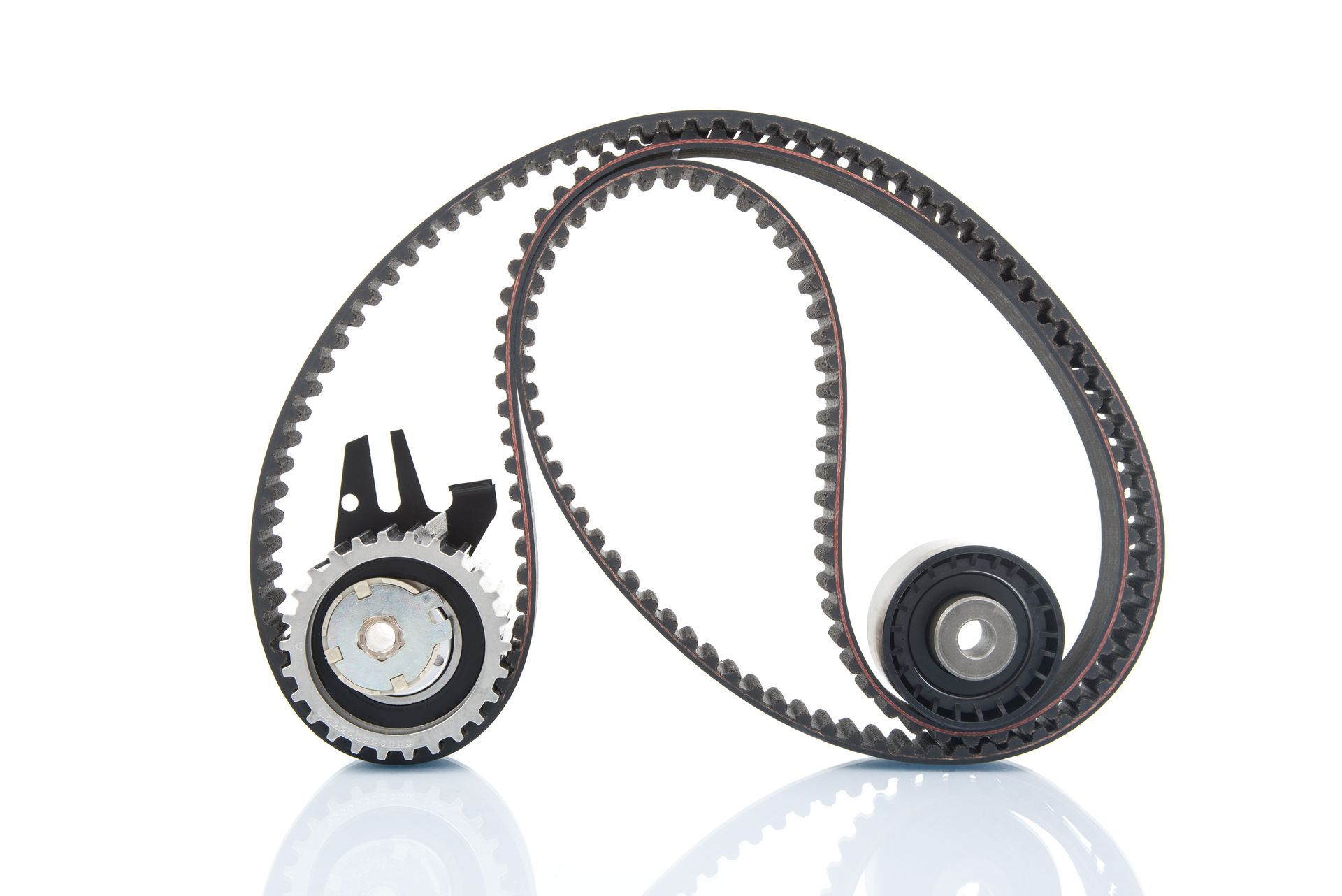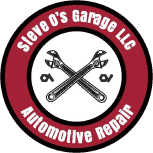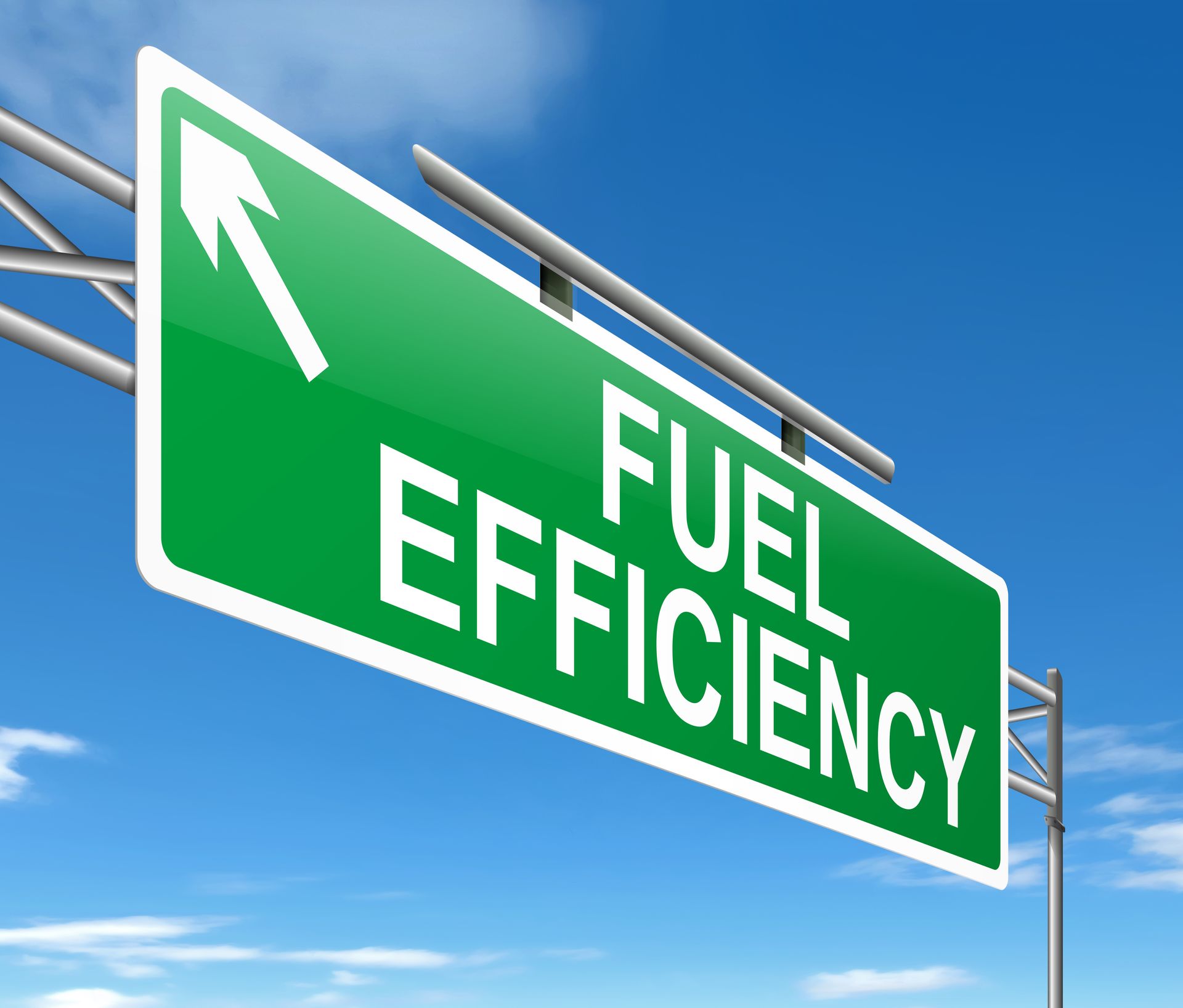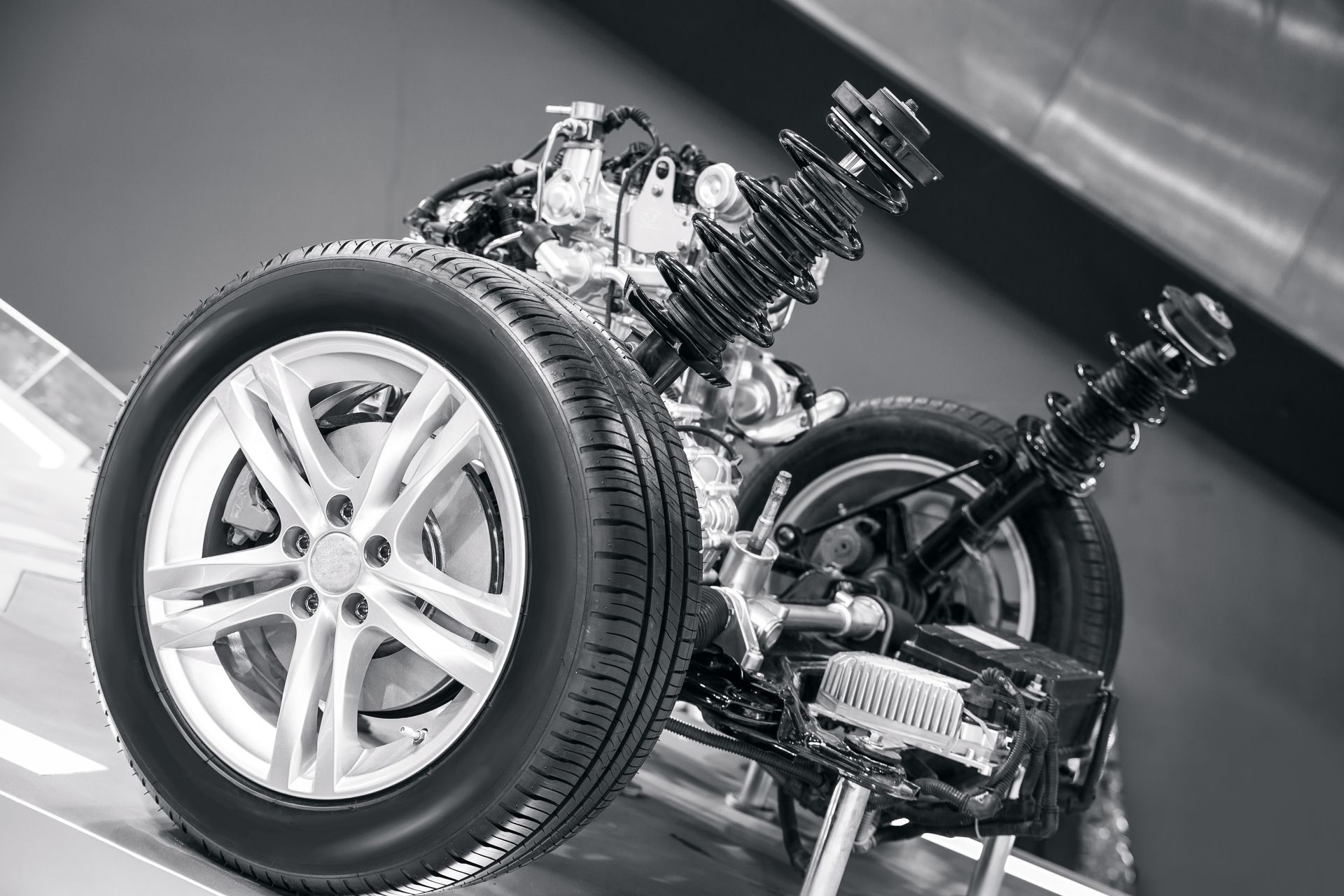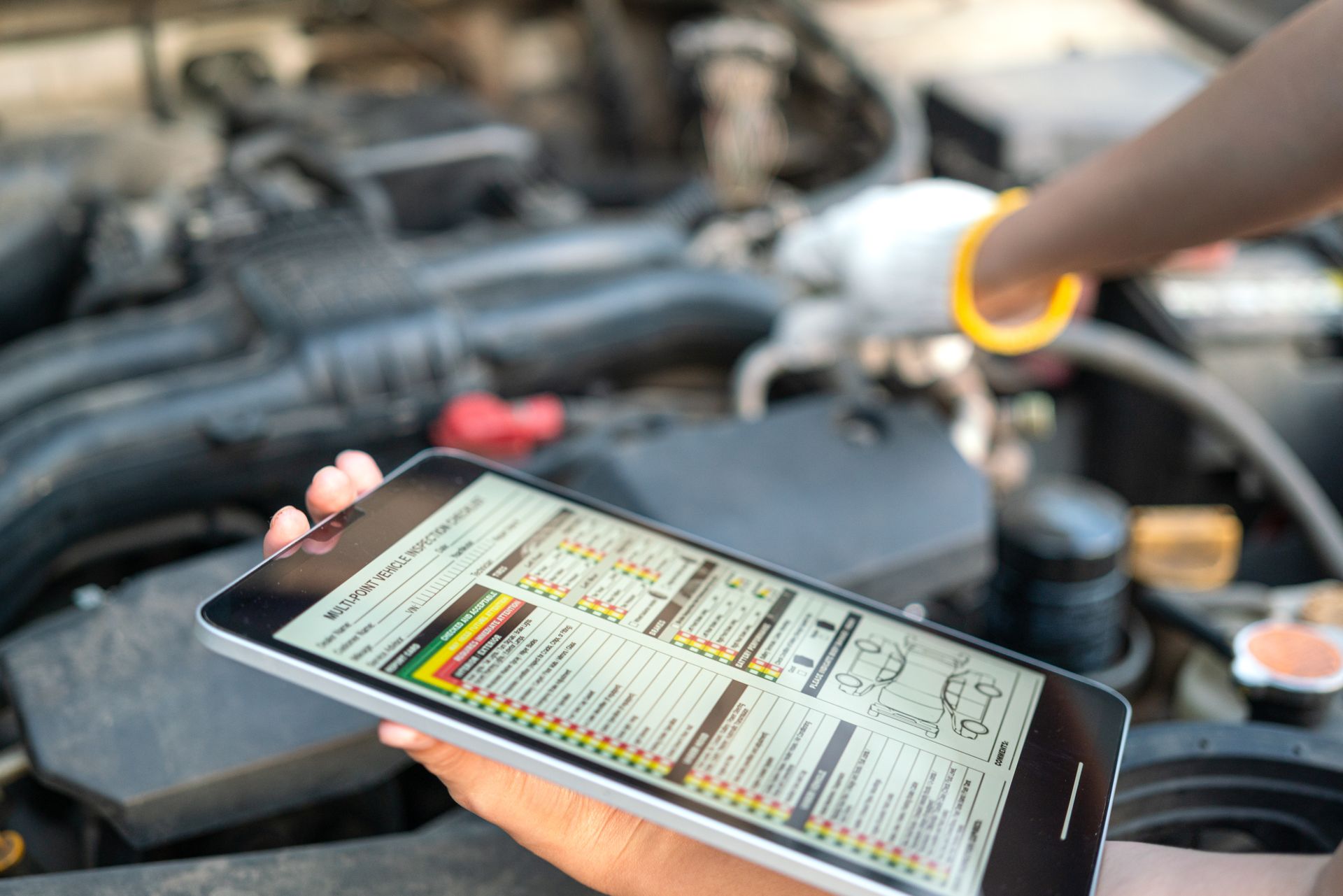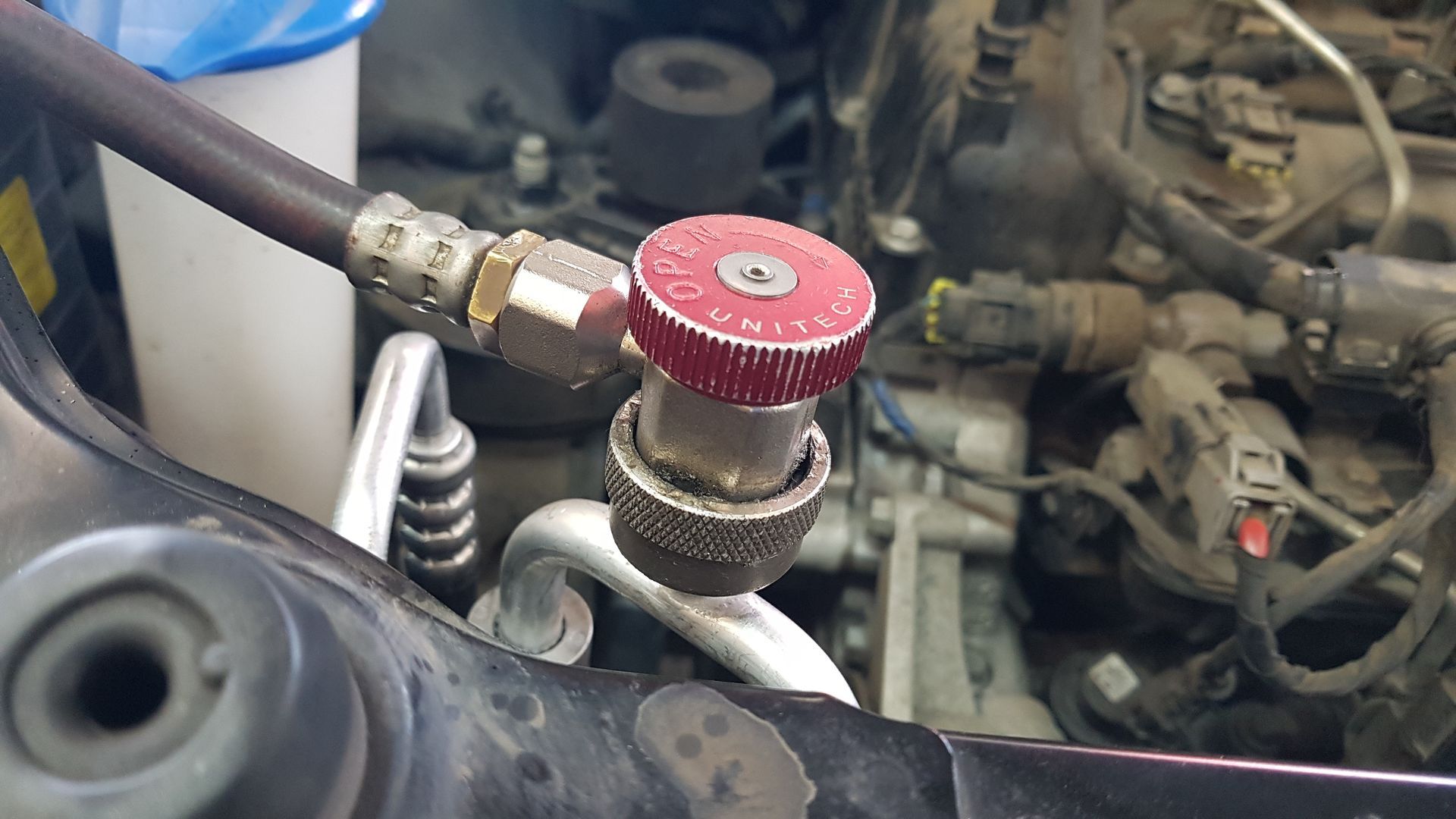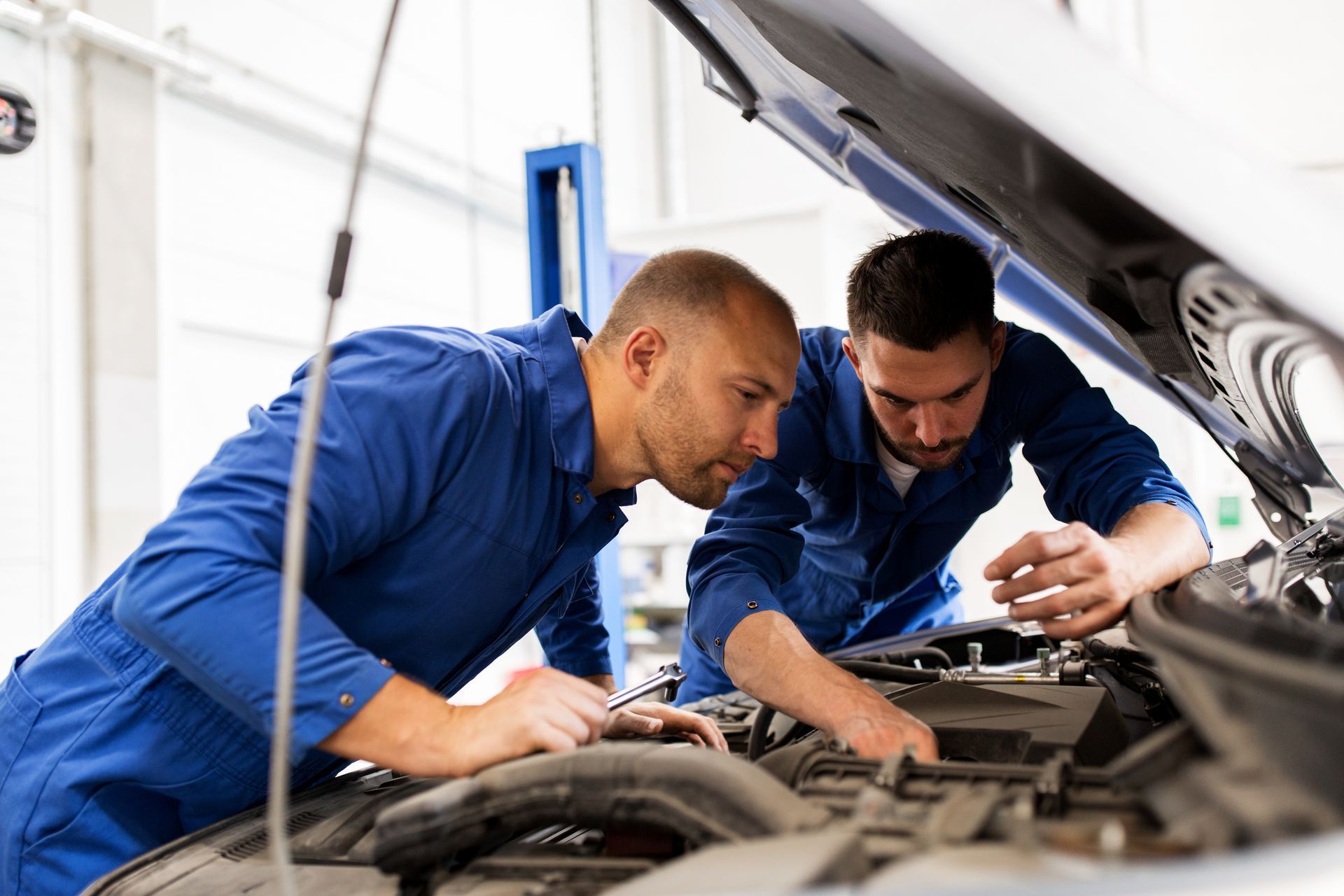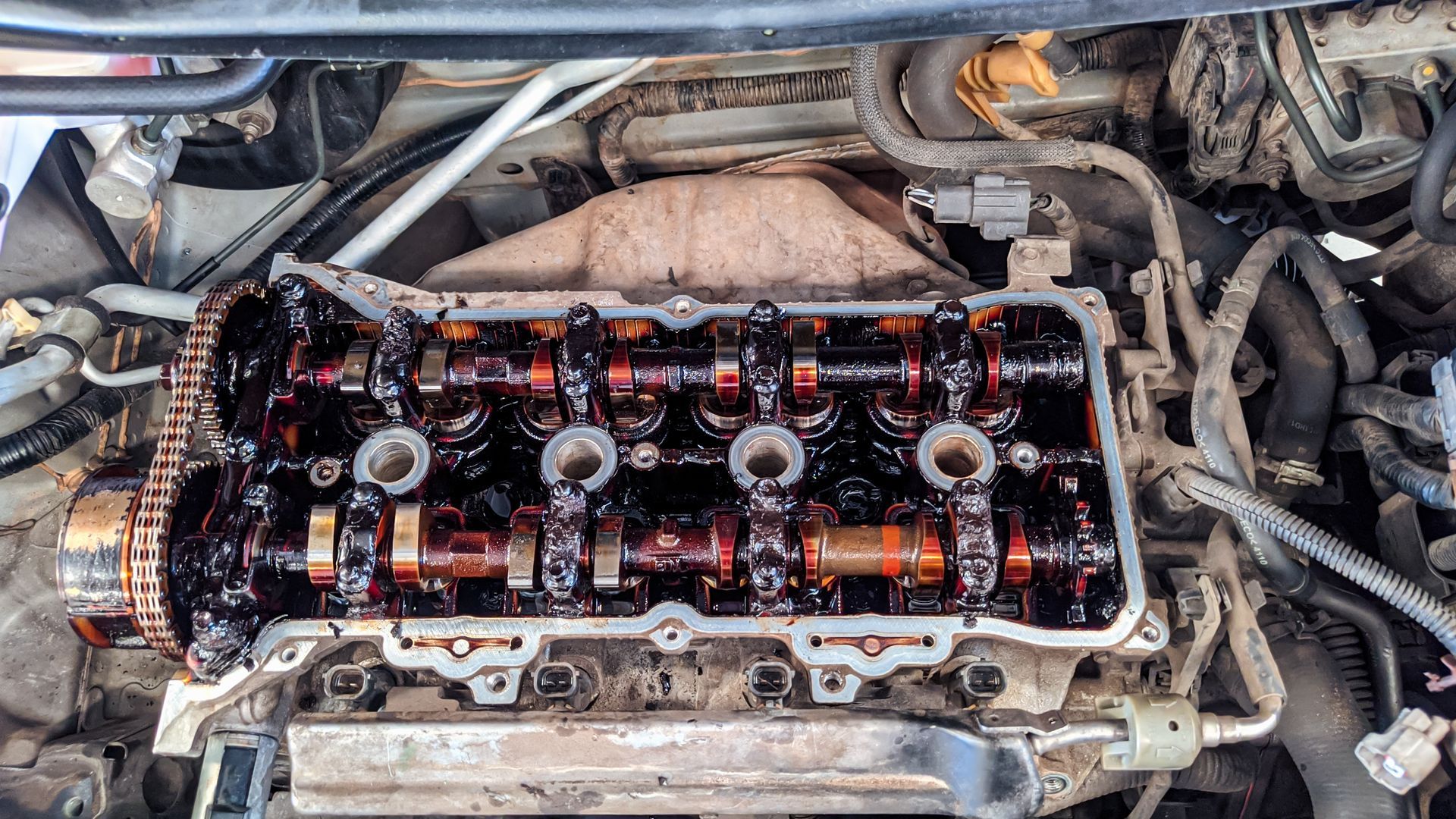Owning an older vehicle can be a great way to save money and keep a reliable car on the road. However, as cars age, they naturally develop issues that require attention. Some problems can be minor inconveniences, while others can lead to costly repairs if ignored. Whether you’re holding onto a trusted vehicle for sentimental reasons or trying to avoid a car payment, understanding the most common issues with aging cars can help you stay ahead of potential breakdowns.
Worn-Out Suspension and Steering Components
Over time, the suspension and steering system takes a beating from everyday driving. Roads filled with potholes, speed bumps, and uneven surfaces can accelerate wear on components like ball joints, tie rods, control arms, and struts. If you start noticing clunking sounds, excessive bouncing, or difficulty steering, these could be signs of worn suspension parts.
Ignoring suspension problems not only makes the ride uncomfortable but can also impact safety. Uneven tire wear, poor handling, and increased stopping distances can all result from a failing suspension system. Regular inspections and timely replacements can keep your car stable and responsive on the road.
Oil Leaks and Engine Wear
As vehicles age, seals and gaskets can dry out and crack, leading to oil leaks. The most common areas for leaks include the valve cover gasket, oil pan gasket, and rear main seal. If you’ve noticed oil spots in your driveway or a burning oil smell while driving, it’s time to get it checked.
In addition to leaks, older engines often experience increased wear on internal components, leading to low oil pressure or excessive oil consumption. Running an engine with low oil levels can cause severe damage, so it’s important to check your oil regularly and address leaks as soon as they appear.
Electrical System Malfunctions
Older vehicles are more prone to electrical issues, especially if wiring has started to corrode or if connections have loosened over time. Common electrical problems include:
- Flickering or dim headlights
- Power window failures
- Unresponsive dashboard gauges
- Starter and alternator failures
In warm climates like Peoria, AZ, extreme heat can accelerate electrical system deterioration. Battery life can also be affected by high temperatures, leading to more frequent replacements. If you’re experiencing intermittent electrical failures, a full inspection of the wiring and battery health can help prevent unexpected breakdowns.
Transmission Slipping and Delayed Shifts
Automatic transmissions in older cars often show signs of wear, particularly if maintenance has been neglected. Issues, like delayed shifting, slipping gears, or rough gear changes, can indicate low transmission fluid levels or internal wear.
Transmission fluid should be changed according to the manufacturer’s recommendations, but many drivers overlook this service. Over time, dirty or degraded fluid can cause excess friction and heat, leading to transmission failure. If you notice hesitation when accelerating or difficulty shifting gears, it’s a good idea to have your transmission checked before major repairs are needed.
Rust and Corrosion on the Undercarriage
Rust is a silent killer for older vehicles, especially in areas with high humidity or where road salt is used in the winter. While rust on the body of a car is often just cosmetic, corrosion on the undercarriage, brake lines, or fuel lines can be a serious safety concern.
If left unchecked, rust can weaken structural components and lead to exhaust leaks, frame damage, or even brake failure. Regular undercarriage inspections and protective coatings can help extend the life of your vehicle and prevent major repairs down the line.
Keeping Your Older Car Reliable
Just because a car is aging doesn’t mean it has to be unreliable. Regular maintenance, timely repairs, and staying aware of potential problems can help you keep your vehicle running for years to come. Whether it’s checking your oil, inspecting your suspension, or monitoring your transmission, taking care of small issues early can prevent expensive repairs later.
For drivers in Peoria, AZ, where high temperatures can accelerate wear on vehicles, proper maintenance is even more important. Heat can cause fluid degradation, battery issues, and rubber component failures, making routine inspections a must for keeping your car in top condition.
Keeping an older car on the road takes proper care. Trust
Steveo’s Garage in Peoria, AZ, for all your maintenance and repair needs. Contact us today for professional service!
